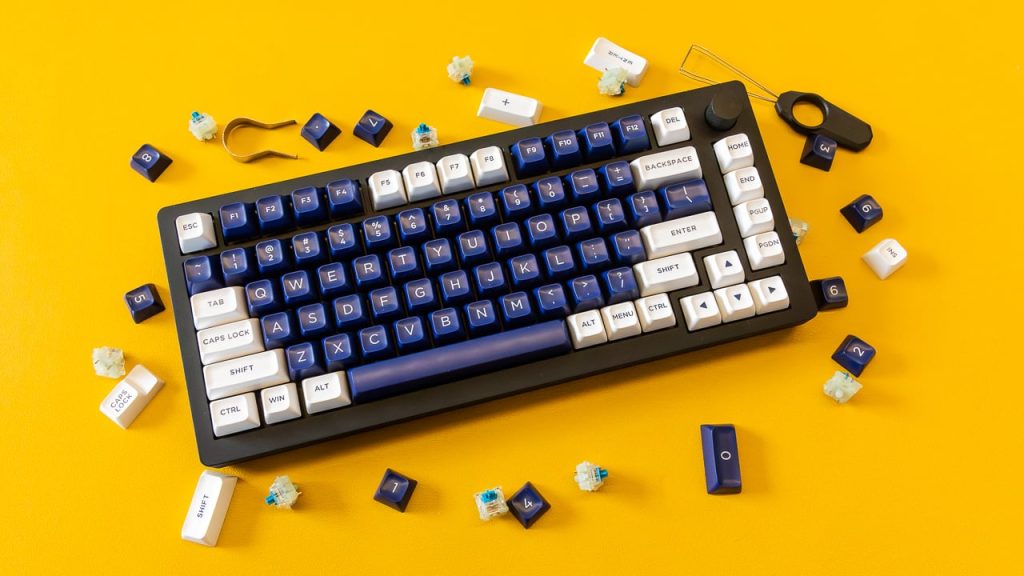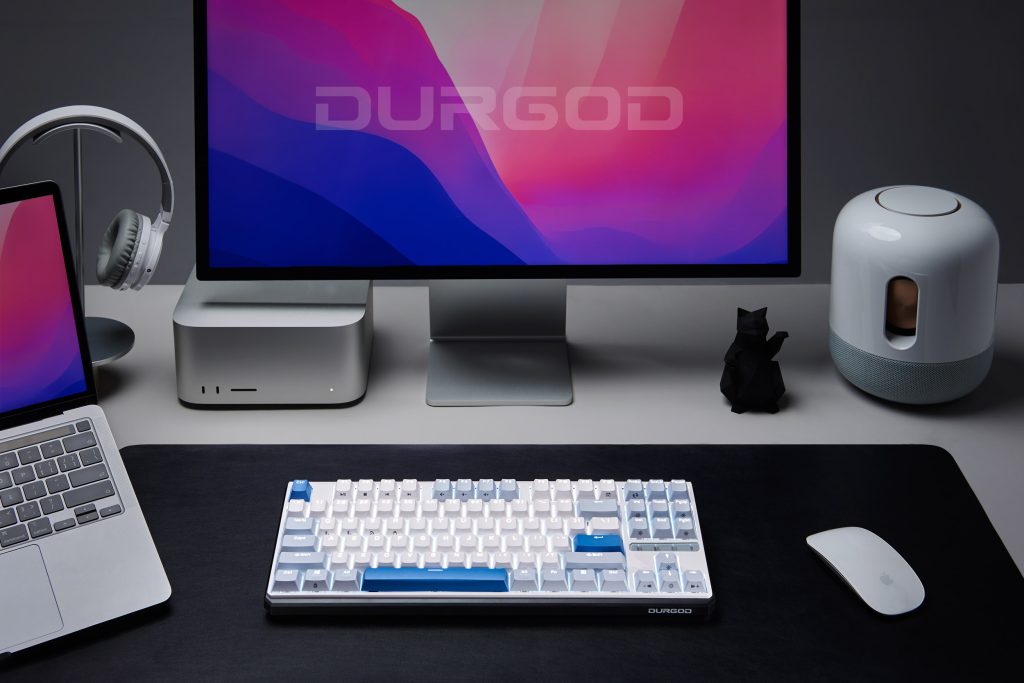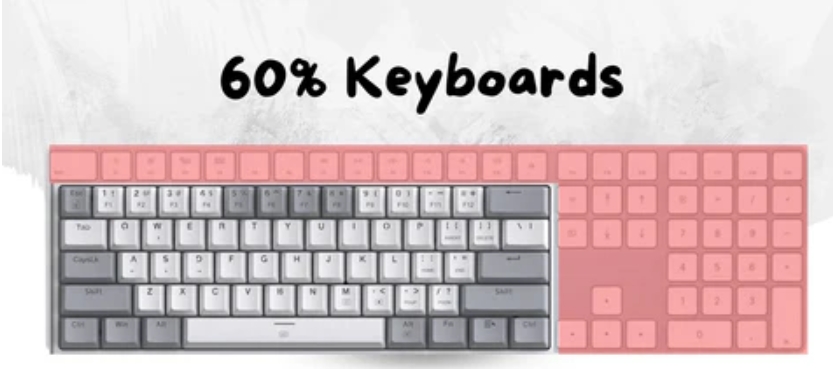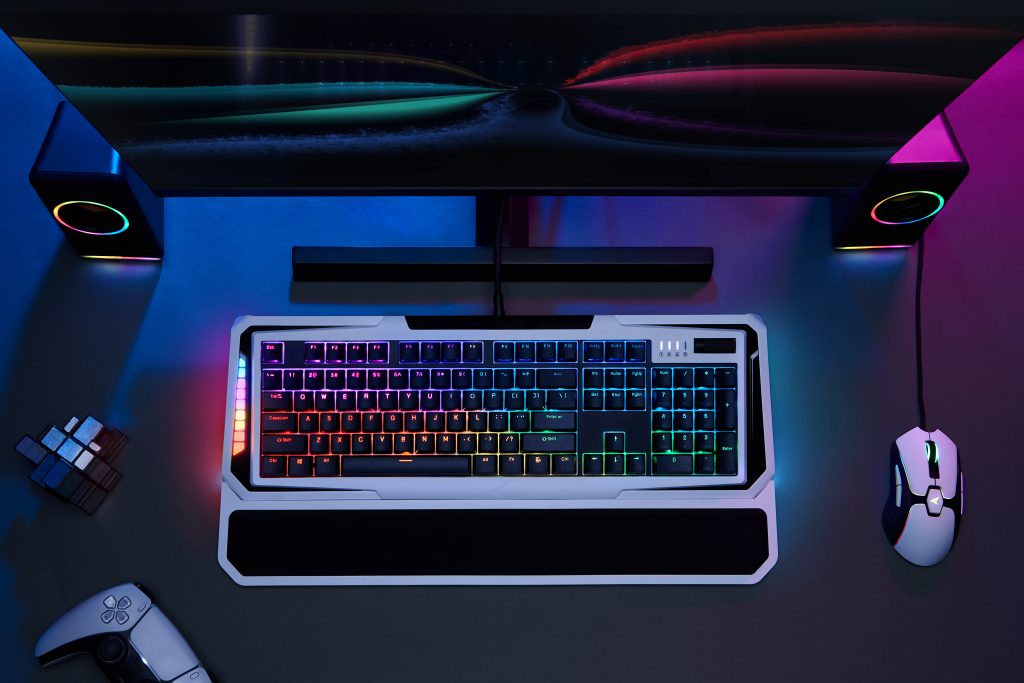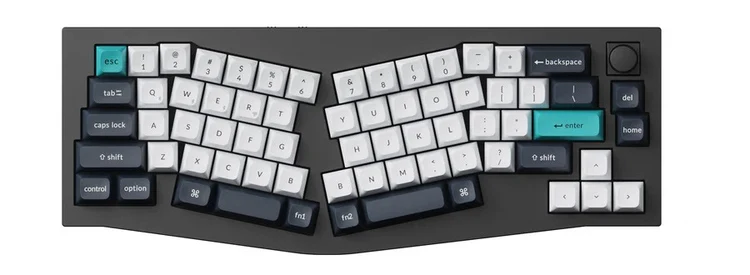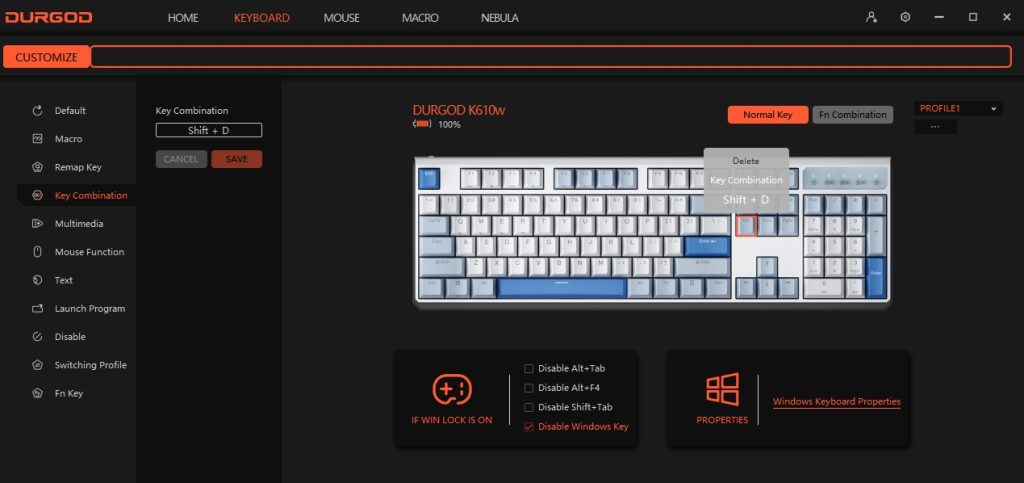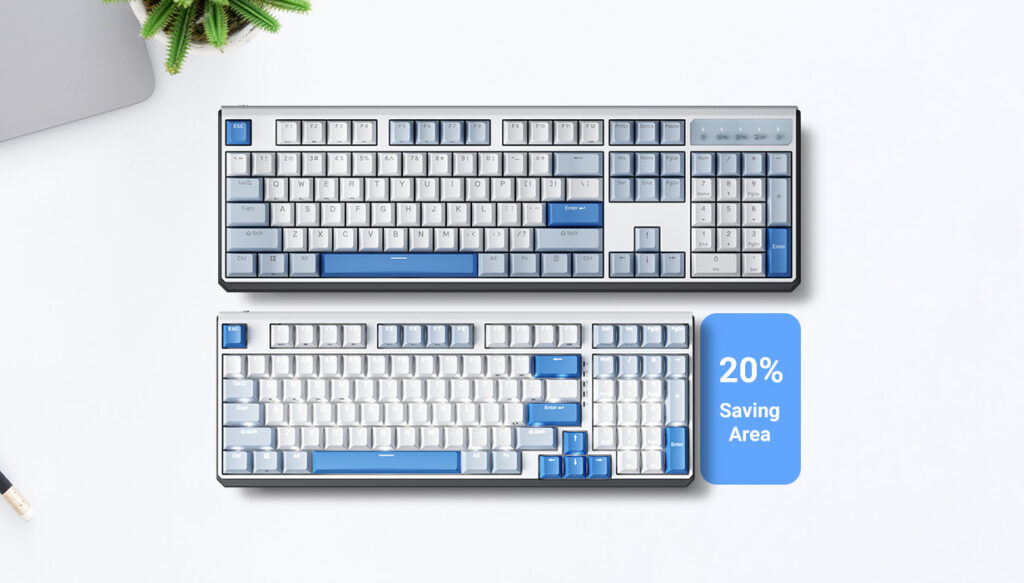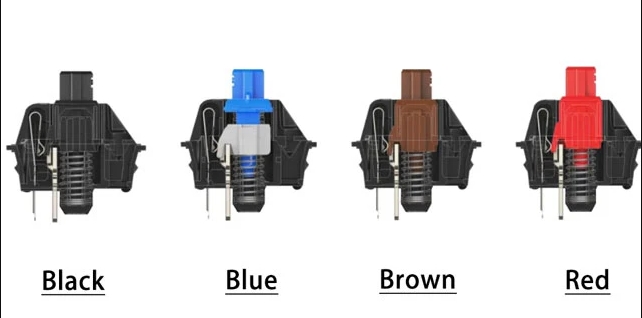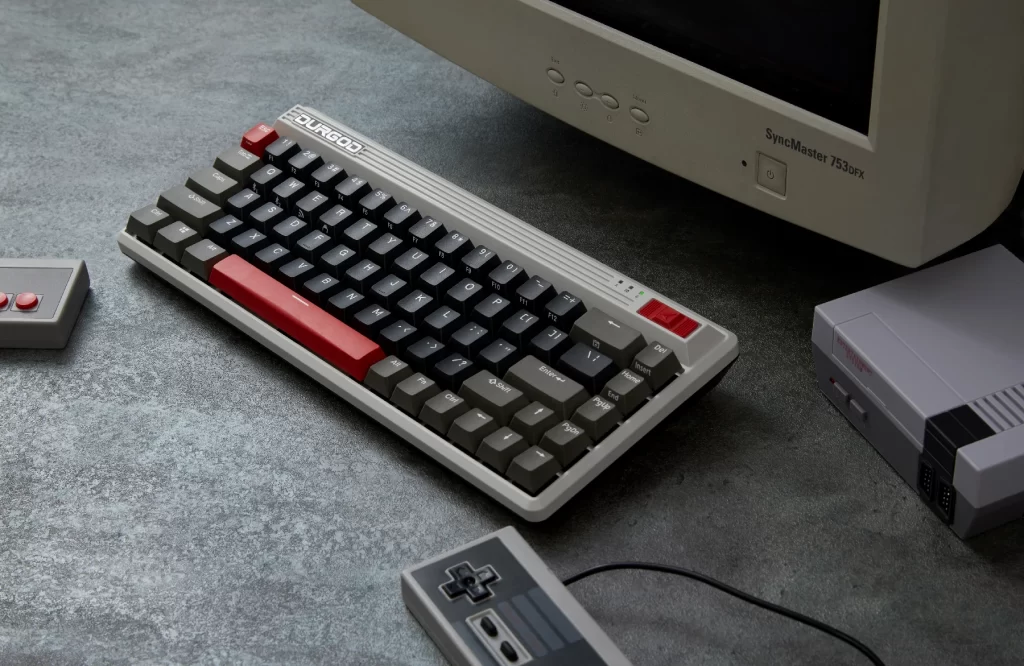Understanding actuation travel in mechanical switches is crucial for comprehending the mechanics behind mechanical keyboards and how they stand apart from other keyboard types.
Definition of Actuation Travel
-
Basic Concept:
- Actuation travel is the necessary distance for a keypress to be recognized or “actuate.” It dictates how far the key must be pressed down to trigger a response from the keyboard’s circuitry.
-
Measurement:
- Typically measured in millimeters, actuation travel varies across switches. For example, a Cherry MX Red switch has an actuation travel of approximately 2mm.
Importance of Actuation Travel
-
Typing Experience:
- The length of actuation travel profoundly impacts typing dynamics. Shorter actuation travels can facilitate faster typing but might increase accidental keystrokes.
-
Gaming vs. Typing Preferences:
- Gamers often favor switches with shorter actuation travel for swift responses, while typists may opt for longer travels for enhanced tactile feedback and precision.
-
Switch Comparison:
- Mechanical switches, such as Cherry MX, Topre, or Romer-G, offer distinct actuation travels, influencing their feel and functionality.
Actuation Travel and Other Keyboard Factors
-
Actuation Force:
- Actuation travel and force are interconnected, with the force being the required pressure to reach the actuation point. Together, they determine the switch’s feel.
-
Overall Key Travel:
- Actuation travel forms part of the overall key travel, extending from the initial press to the key’s bottom-out point.
-
Customization Options:
- While some mechanical keyboards offer customization for actuation travel, modifying actuation force is more commonly available.
Conclusion
Actuation travel is a pivotal element of mechanical keyboard switches, influencing responsiveness and tactile sensation. It varies among switch types, making it a critical consideration in selecting a mechanical keyboard. Whether for gaming, typing, or general use, understanding actuation travel allows users to choose a keyboard that aligns with their preferences for speed, accuracy, or feedback.
For more knowledge of mechanical keyboards, visit DURGOD.




